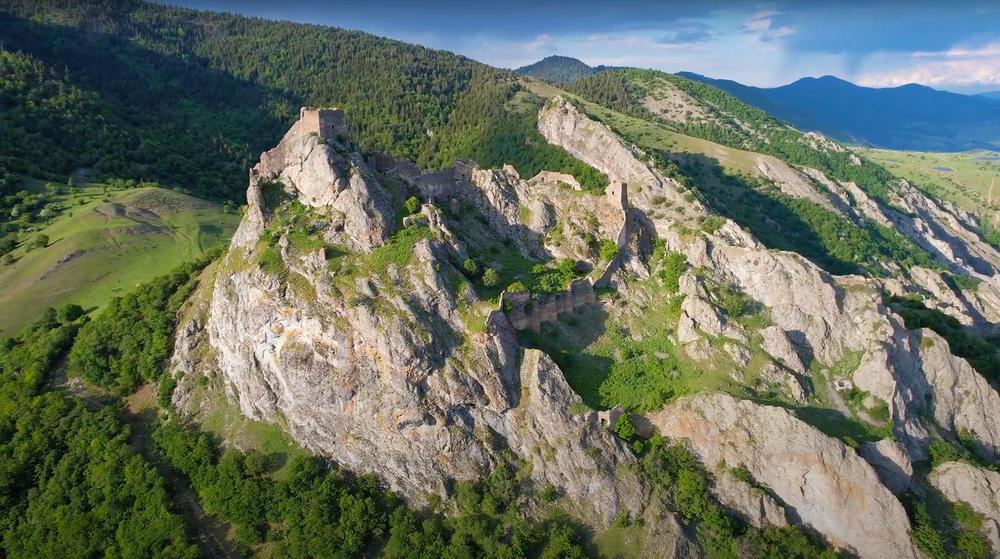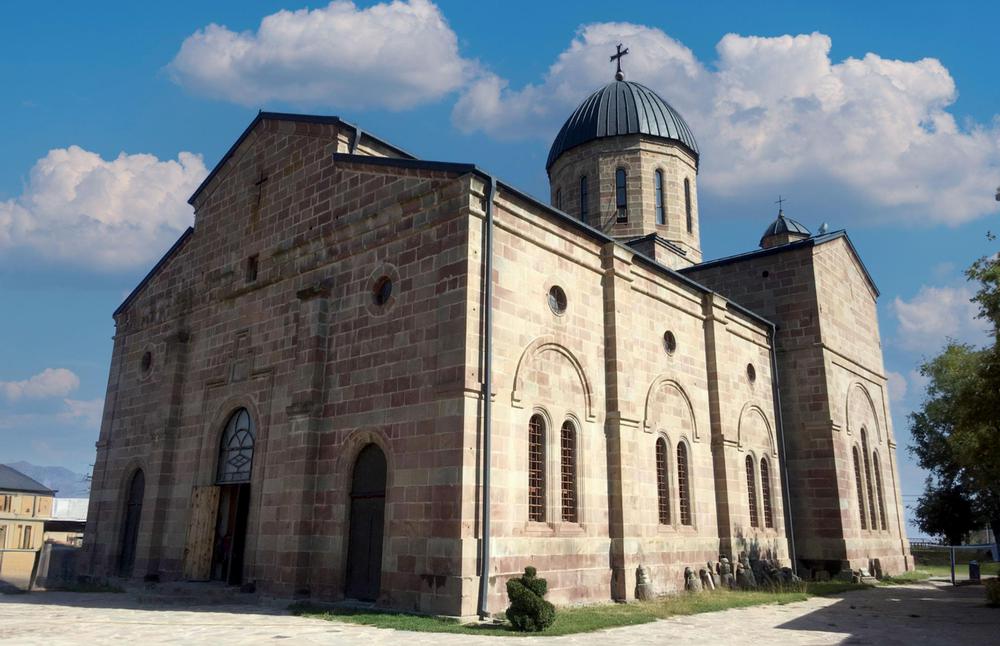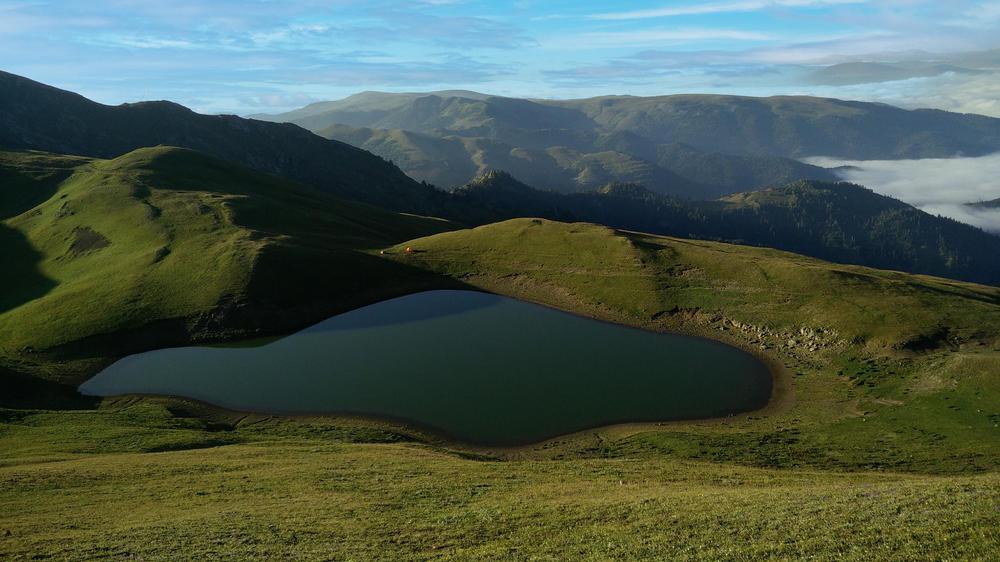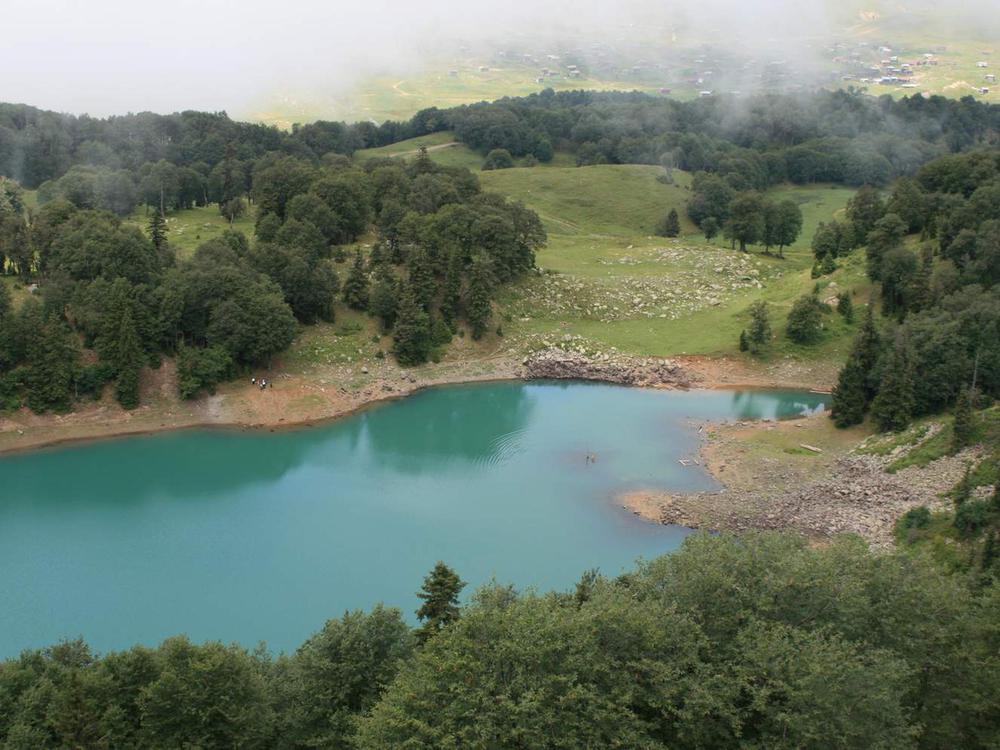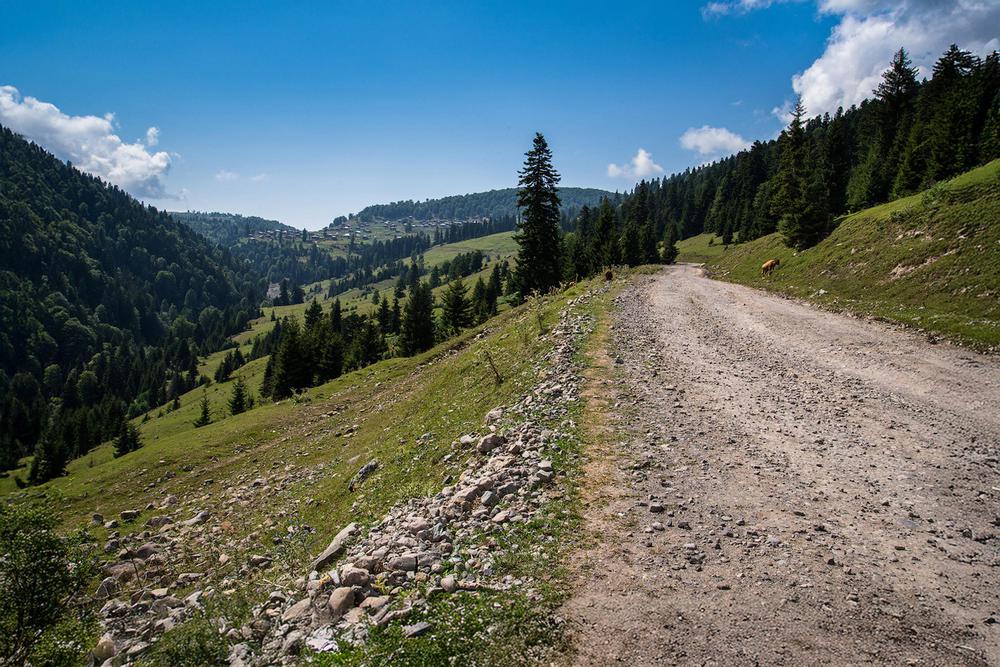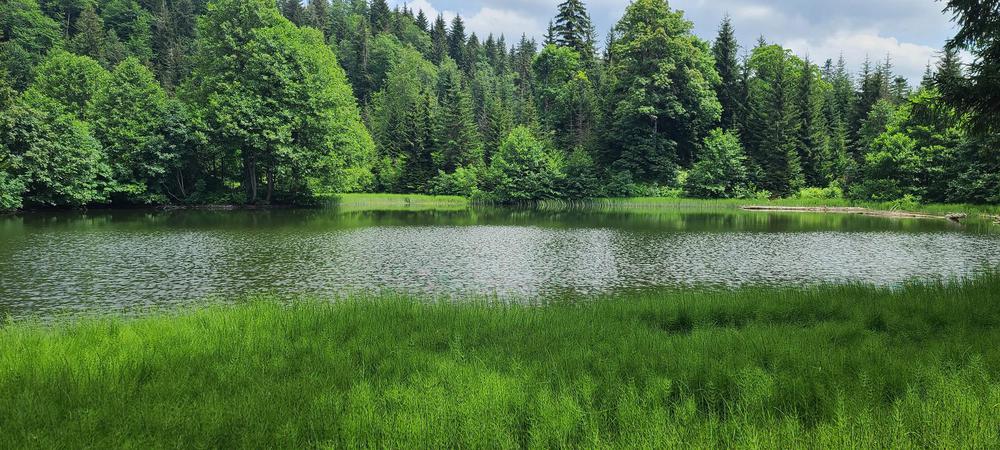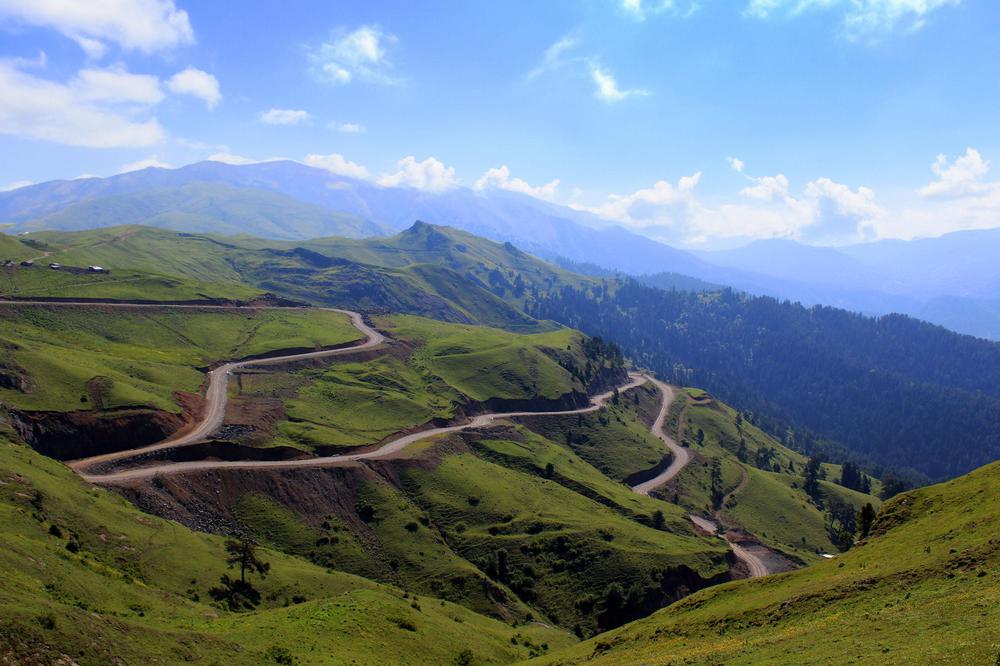Nestled in the southwestern region of Samtskhe-Javakheti, Georgia, you'll find a relic of the 14th century, the Chulevi Monastery of St. George. This serene religious haven is situated on the left bank of the Kvabliani river, in close proximity to the town of Adigeni. Known alternatively as Chule (Tchule) or Chulebi, the history of the monastery as a spiritual sanctuary extends back to the 11th century, although the present structure came to fruition in the latter part of the 14th century.
The tale of Chulevi's construction is etched in medieval Georgian asomtavruli script, unveiling the name of Arsen, the artist who adorned the monastery's interior with frescoes in 1381. These murals beautifully illustrate the local Jaqeli princely family, who were patrons of the monastery, among other depictions.
The architectural style of Chulevi Monastery aligns with the contemporary churches of Zarzma and Sapara, sharing features like an elongated plan, rectangular shape with no projections, and a dome resting upon altar walls and two cross-shaped pillars. The dome's tholobate hosts twelve windows, with half of them being false.
However, Chulevi also serves as a sobering testament to the decline in Georgian architecture and monumental painting, a consequence of two hundred years of Mongol dominance.
The turn of fate arrived with the Ottoman conquest, causing the monastery to decline and eventually become completely deserted by 1595. The Christian locals salvaged the bells and other church items, burying them in the adjacent forest. Miraculously discovered in the 1980s, the bells were initially donated to the Akhaltsikhe local museum, but were eventually returned to the monastery following its restoration to the Georgian Orthodox Church in October 1999.
Restoration efforts, unfortunately, faced a rocky start with unsuccessful attempts by a team of Russian architects in 1935/36 and a project in the 1970s and 1980s that was abruptly abandoned. It wasn't until 2003 that systematic reconstruction fieldworks were initiated, eventually restoring the grandeur of the Chulevi Monastery.
Today, the Chulevi Monastery stands rejuvenated and is a symbol of Georgia's enduring faith and resilience, once again serving as a spiritual beacon for the community.


